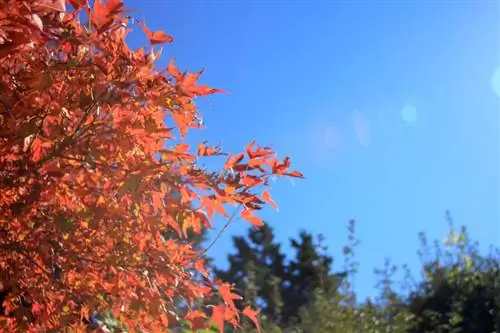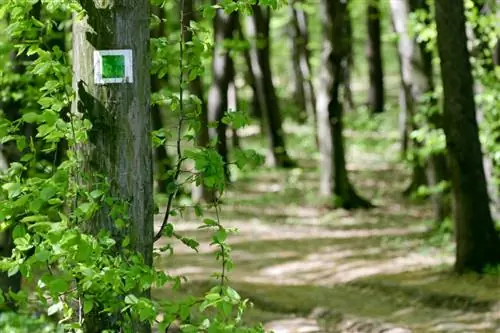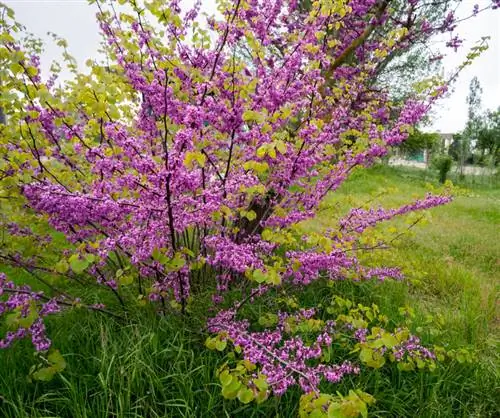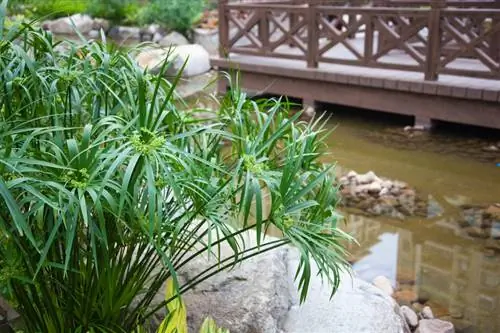- Author admin [email protected].
- Public 2023-12-16 16:46.
- Last modified 2025-01-23 11:20.
In its native Japan, the Japanese maple prefers to grow in the rather cold mountain climate of the islands of Hokkaido and Honshu. It is also traditionally grown there as a bonsai. Acer palmatum has been very popular with us for several years as a small ornamental tree or shrub in the garden or in a container. For many varieties, the right location is primarily responsible for the intense autumn color.

Which location does the Japanese maple prefer?
The optimal location for a Japanese maple varies depending on the variety, but in general it prefers sunny to semi-shady places with permeable, nutrient-rich soil. Some varieties such as the red Japanese maple require a lot of sun, while others thrive better in light partial shade.
Not every Japanese maple can tolerate sun
As a rule, the Japanese Japanese maple prefers a sunny to semi-shady location with plenty of light - the brighter the spot, the more intensely colored the foliage is. However, this rule does not apply to all varieties, because some Japanese maples require a lot of sun, while others are more sensitive and are therefore best kept in light partial shade - especially with sufficient protection from the midday sun. Red Japanese maple is usually one of the sun worshipers.
A suitable location for every variety
In the table below we have clearly put together the optimal locations for some of the most popular Japanese maple varieties.
| Variety | Location | Floor |
|---|---|---|
| Arakawa | sunny to partially shaded | permeable, nutrient-rich |
| Osakazuki | sunny | permeable garden soil |
| Katsura | sunny | permeable, nutrient-rich |
| Beni komachi | sunny | permeable garden soil |
| Bloodgood | sunny to partially shaded | normal garden soil |
| Orangeola | sunny | permeable garden soil |
| Kotohime | sunny | permeable garden soil |
| Butterfly | sunny | permeable garden soil |
| Shishigashira | sunny | permeable garden soil |
| Green Globe | sunny | permeable garden soil |
| Ki hachijo | sunny | permeable garden soil |
| Okushimo | sunny | permeable garden soil |
| Oridono nishiki | sunny | permeable garden soil |
| Red Star | sunny | permeable garden soil |
| Kagiri nishiki | sunny | permeable garden soil |
Soil must be permeable and nutrient-rich
Make sure you choose the right substrate, which must be as permeable as possible - Japanese maple does not tolerate waterlogging - and rich in nutrients. At best, the slightly moist soil is sandy to loamy-humic and has a slightly acidic to neutral pH value. Substrate that is too firm can be improved with sand or peat (€15.00 on Amazon).
Tip
Also make sure that the location is protected from the wind, especially for solitaires.






